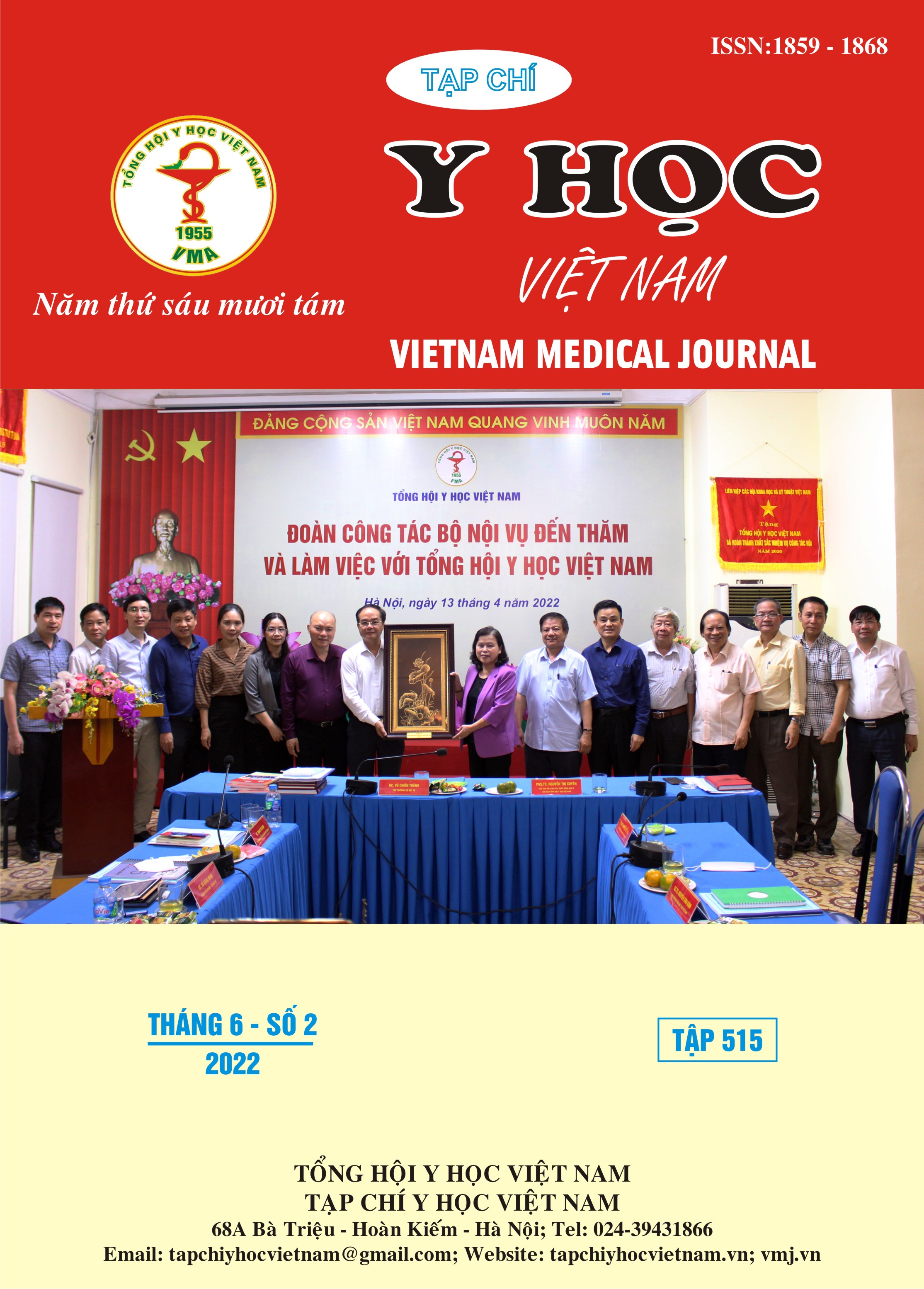THE WILLINGNESS TO PAY FOR HOME HEALTH CARE SERVICES AT THE LE VAN THINH HOSPITAL, THU DUC CITY, IN 2021 AND 2022
Main Article Content
Abstract
Objectve: Determine the willingness-to-pay price and the factors affecting the willingness-to-pay price for home care services at Le Van Thinh Hospital in 2021 and 2022. Methods: The study was carried out at the clinic for required services and inpatient departments in Le Van Thinh Hospital. The study used the Double - Bounded dichotomous choice contingent valuation method to estimate the willingness-to-pay. Results: The Covid-19 pandemic affected to the patient’s average willingness-to-pay price in 2021 and 2022 are 260.640 VNĐ, 355.960 VND, respectively. The factors affecting statistically significant are: Age, education, health insurance and distance. Conclusion: It is necessary to set a home health care price based on the average willingness to pay price. The hospital considers using the available resources to meet the patients’ demand and orients the future development of the home health care service.
Article Details
Keywords
Home Health care, Willingness to pay, contingent valuation method, quality of life
References
2. Huyền, Trương Thị Mai, Nhu cầu chăm sóc sức khỏe tại nhà của bệnh nhân điều trị nội trú tại bệnh viện quận Tân Phú. 2017.
3. Lopez-Feldman, A., Introduction to contingent valuation using Stata. 2012.
4. Klose,T.,The contingent valuation method in health care.Health Policy,1999. 47(2):p.97-123
5. Soares, P., et al., Factors Associated with the Patient’s Decision to Avoid Healthcare during the COVID-19 Pandemic. International Journal of Environmental Research and Public Health, 2021. 18(24): p. 13239.
6. Blackwell, D.L., et al., Socioeconomic status and utilization of health care services in Canada and the United States: findings from a binational health survey. Med Care, 2009. 47(11): p. 1136-46.
7. Liu, L.-J., et al., Home health care needs and willingness to pay for home health care among the empty-nest elderly in Shanghai, China. International Journal of Gerontology, 2014. 8(1): p.31-36


